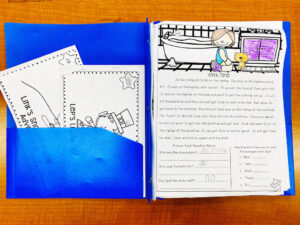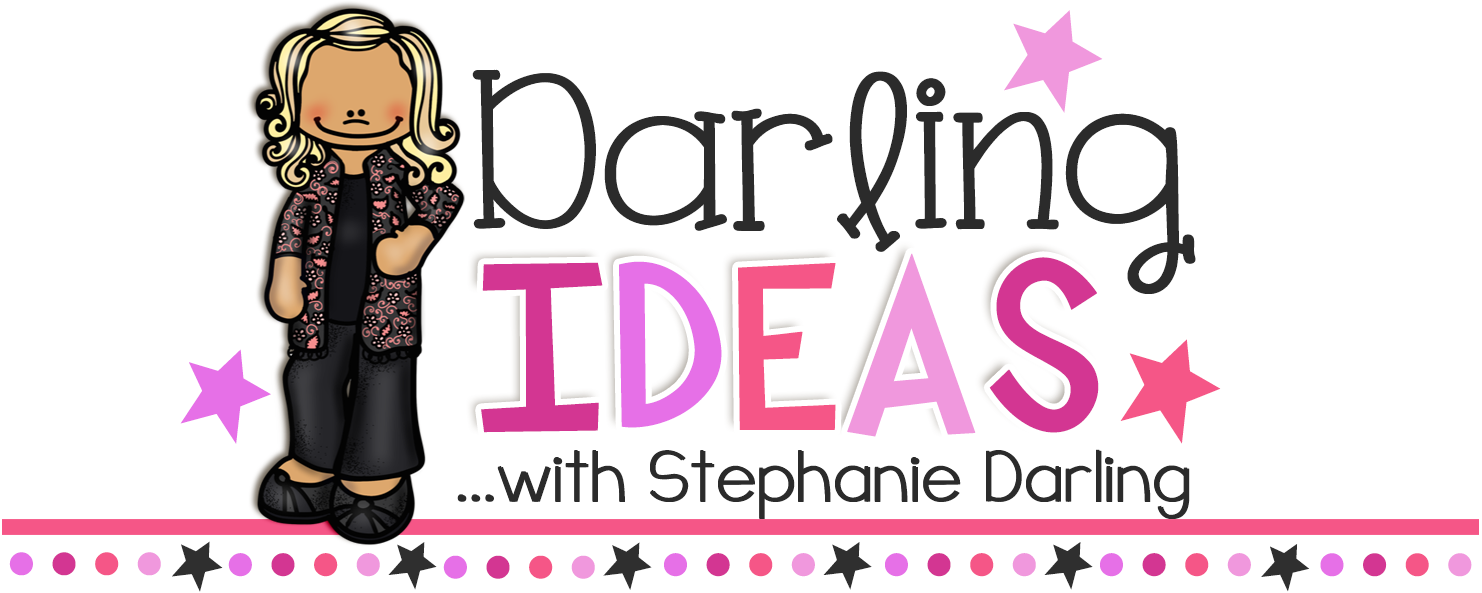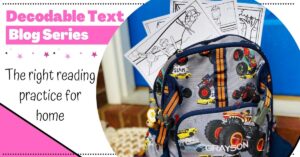So you have incorporated decodable text into small groups, yay! Students are filling in gaps with their phonics skills and gaining decoding skills with all the words that they can sound out. Sounds like you are on the right track with your reading instruction! But wait! What about developing reading fluency with decodable text?
How does reading fluency come into play with decodable text? Read on to see how I incorporate fluency instruction as well as valuable practice time into my classroom.
Familiar Reading with Decodable Text
So first off, my literacy block has about 10 minutes of time built right in for familiar reading. I like to have my students do their familiar reading with decodable text, so in my first-grade classroom, it works like this. First thing in the morning, students come into the classroom, unpack, grab their familiar reading folder and begin reading right away while attendance is taken.![]()
![]()
Why does this work? What does the familiar reading folder contain?

My students, familiar reading folders contain decodable books and passages that they have read in small groups with me. Ideally, for repeated readings to help a student develop their fluency, they need to be able to read the passage with at least 90% accuracy. By using decodable text from small group time, I am able to make sure of this. In a perfect world, I will have taken a running record of the student reading the text and be sure that that 90% accuracy is there. (Wondering more about running records? Check out this related blog post to find out more!)
What if you have littles who are not yet reading books? Can you still do a familiar reading folder or book bin? Yes!
Instead of books, you could put in an alphabet chart, word cards with cvc words that they can decode, cards with their names, or even word cards with picture support.
Other ideas for familiar reading:
- Poems and text that we have read as a whole class too. I try to be careful about this though and make sure it is something students can do independently.
- Word lists based around phonics skills that we are working on in class.
- Decodable sentences and phrases
Explicit Instruction for Reading Fluency with Decodable Text
So what if repeated readings of familiar text just aren’t enough? What if students:
- Read like a robots
- Do not heed punctuation
- Read single words instead of phrases or sentences
This is a great time to plan targeted lessons into your small group instruction. An easy way to work on these skills is to make note of the weakness you want to target. Then, if needed, research strategies to help target the skill you are wanting to improve. (I bet you can think of some great strategies on your own too)
When targeting specific fluency skills I like to:
- Model the incorrect fluency practice, for example, robot reading. Students can recognize right away the problem when I model.
- Explain why the change is important
- Model how the reading will sound when the change is made, for example, I would then read the same bit to text with expression.
- Instruct students to read the text with me with the skill we are working
- Instruct students to read the same bit of text independently while working on the skill (I do, We do, You do)
Targeting fluency skills like this is a very brief part of my small group. We have so many other things to do during that protected time, but it is important. 🙂
To follow up the first day of targeted instruction, I like to review briefly each day until there is a great improvement on the skill and provide a bit of practice time as well. When we have mastered, or greatly improved on the fluency skill we have been working on, I like to begin the process again with another skill.
Fluency Practice At Home
Another idea is to provide students with reading material to practice at home. I have a lot of parents who want to read with their kiddos at home and are not sure what to read or how to help. In comes decodable fluency passages!
You can find decodable fluency passages for free or at little cost in many places. Passages are perfect because you are only copying one page (or zero if it is a digital format). Some things to keep in mind though is that you are sending a text that students can read with 90% accuracy and it aligns pretty well with things you are doing in the classroom.
In my classroom, I love to send a passage home on Monday. I like to choose a decodable passage that aligns with the skill we are working on in reading groups.
- Read it together in a group on Monday and work out all the bugs
- Students take it home to read with their families each night
- Time my students when we read the passage in groups and record that as a baseline
- Parents can continue to time their students as they read each day
Hopefully, those times will be a little shorter each day (and in my experience, they always are). Now, there are plenty of folks out there that may discourage the timing practice, but for me and my kiddos, it works. If for no other reason, those times are always significantly lower on Friday than Monday, and that is a HUGE confidence boost for a reader. They can see their success and their improvement right there on their passages, so for that reason alone, I am a fan of timing the readings.
I like to use these passages, which can be found in my tpt store. But there are many great options out there, or you might even enjoy writing your own!

Want to receive a FREE decodable book from me? Click the book to sign up for my newsletter below! 
Don’t miss out on these freebies from my tpt store!
Decodable Text Mega Bundle in my TPT store
Free Level 1 Passages
Free Level 2 Passages
Free Level 1 Book
Here are some other options that I have used:
- Reading A-Z has a whole library of decodable text. Occasionally, I have difficulty matching it to my readers, but it was still a great resource. They offer a 15-day free trial that would definitely let you try their books out.
- Fly Leaf is offering ALL of their decodable texts for free at the time of this writing (11/23/2020). I like this company as well for students who have mastered consonants, short vowels, and some blends and phonics chunks.








No Comments